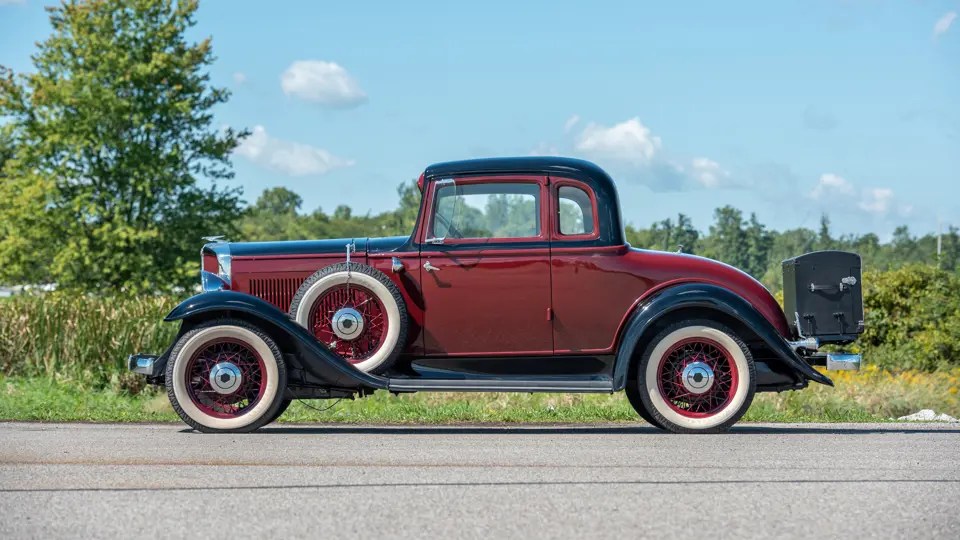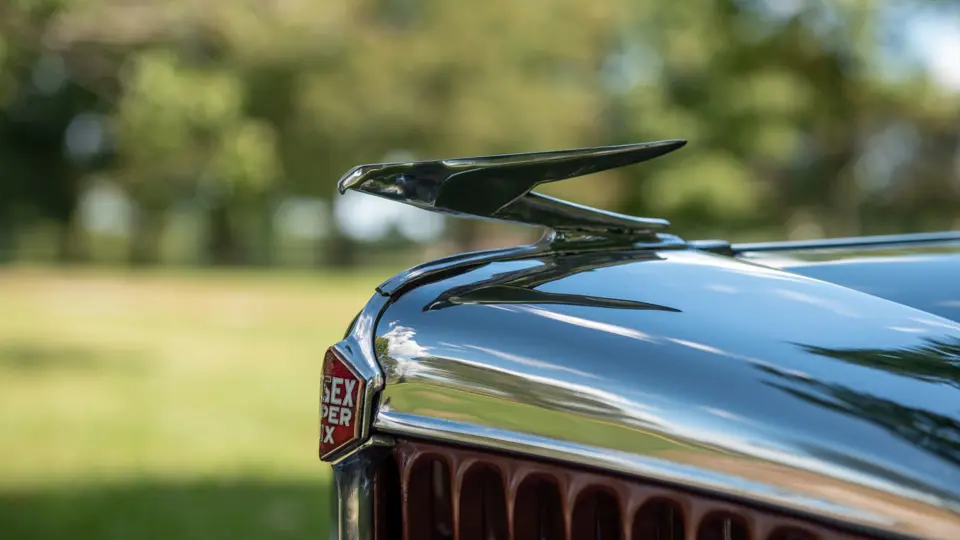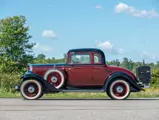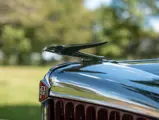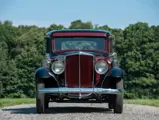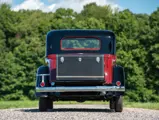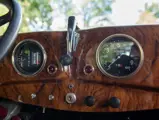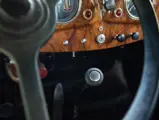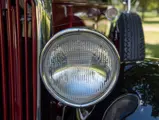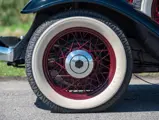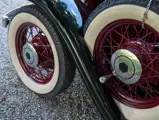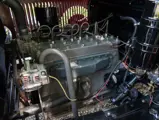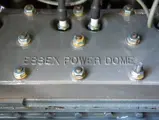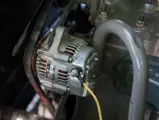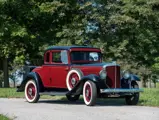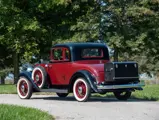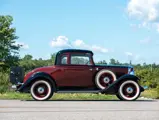
1932 Essex Series E Super Six Coupe
{{lr.item.text}}
$19,800 USD | Sold
{{bidding.lot.reserveStatusFormatted}}
- Attractive, new-for-1932 styling; sporty and stylish coupe body
- 70 hp, 193.1 cu. in. inline-six with single updraft Marvel Carburetor
- Fitted with dual side-mounted spares, wind wings, and rear trunk
- Recently out of a significant private collection
- Well-maintained restoration
The Essex was Hudson’s junior companion brand throughout the 1920s and early 1930s, before evolving into the Terraplane in 1933. Like its parent Hudson, Essex cars offered superlative performance, quality construction, and exceptional value for the money. Achievements like a record-setting transcontinental mail run in 1920 did wonders for Essex, and by 1929 the marque ranked third in the industry in sales.
The range was heavily revised for the 1932 model year, with all-new styling modeled after the larger eight-cylinder Hudson line. Notable was the handsome V-shaped radiator shell, and gracefully formed fenders. Performance was assured thanks to the L-head “Super Six” engine, with 70 horsepower pushing the lightweight, well-engineered platform along with ease.
This 1932 Essex Super Six Series E coupe is from the final year of Essex production before the brand’s reintroduction as Essex Terraplane. This lovely example has spent many years in a significant private collection, and it wears a well-maintained older restoration displaying an honest, inviting character. Period accessories and options include dual side-mounted spare wheels, dual taillights, wire wheels, wind wings, and cowl lamps. The attractive maroon and black livery further enhances the sporty appeal. The powerful and dependable Hudson-built Super Six engine is tidy and well-presented, showing signs of regular maintenance, and a modern alternator has been fitted improved electrical system performance.
Eminently charming and enormously fun to drive, this rare and attractive Essex is an excellent candidate for entry into a variety of driving events, where the Essex legacy of dependable performance can be put to the test.
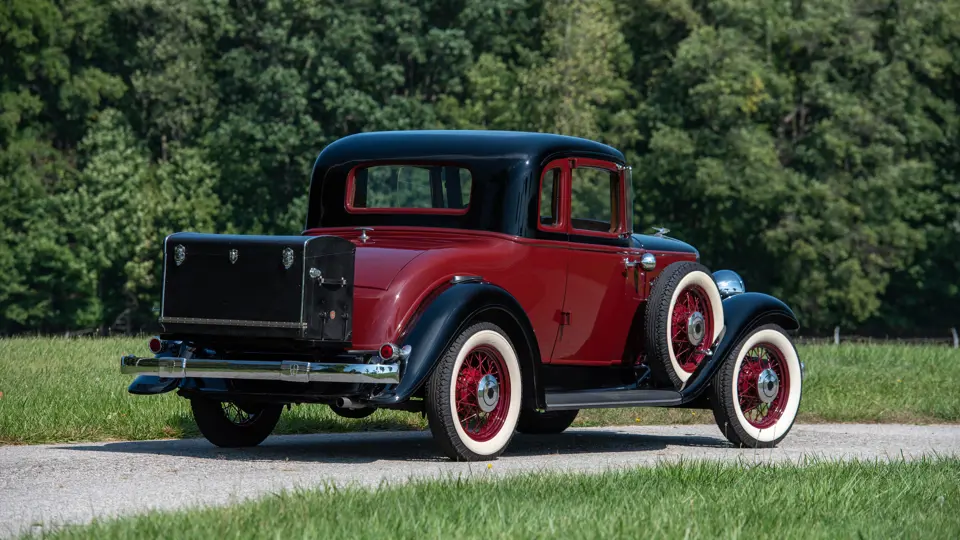



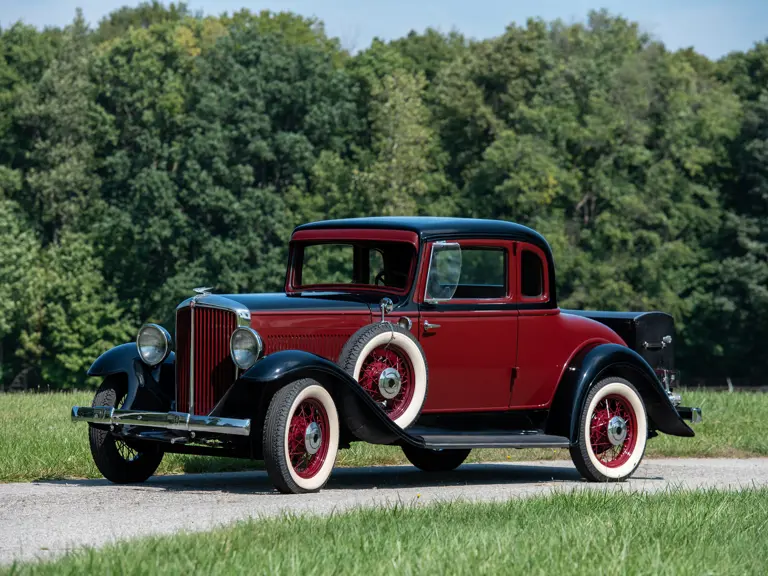

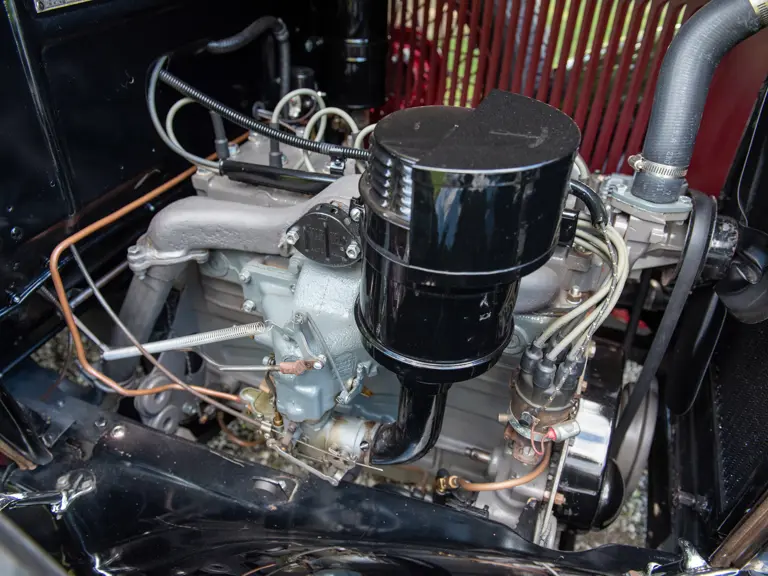
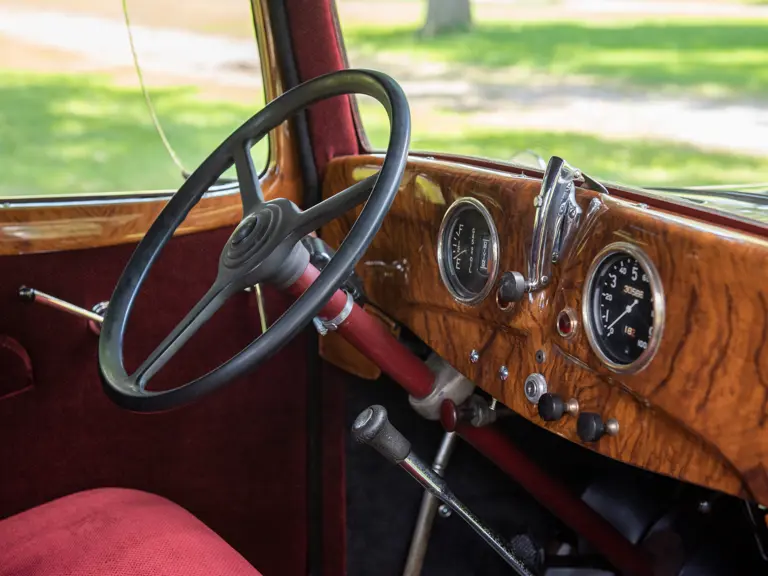

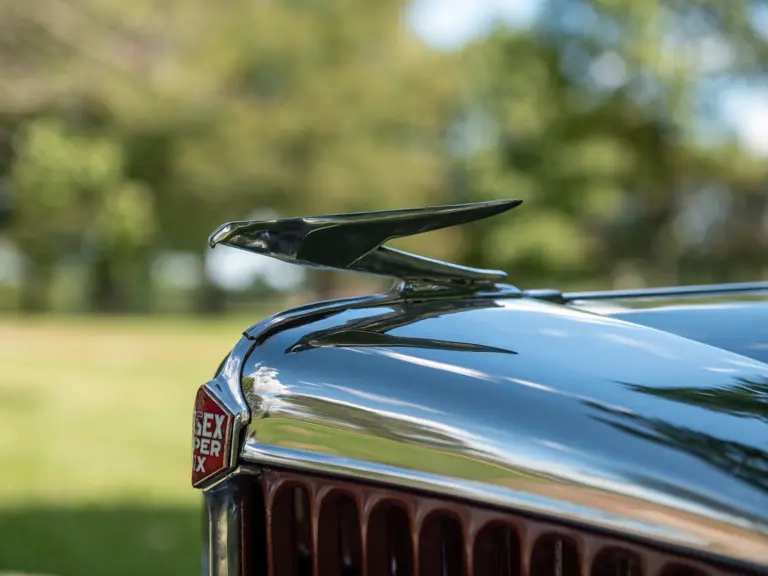

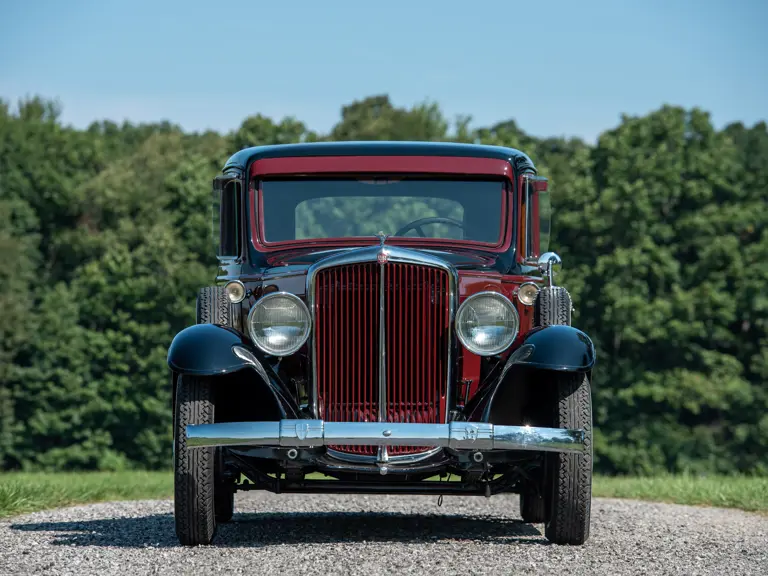
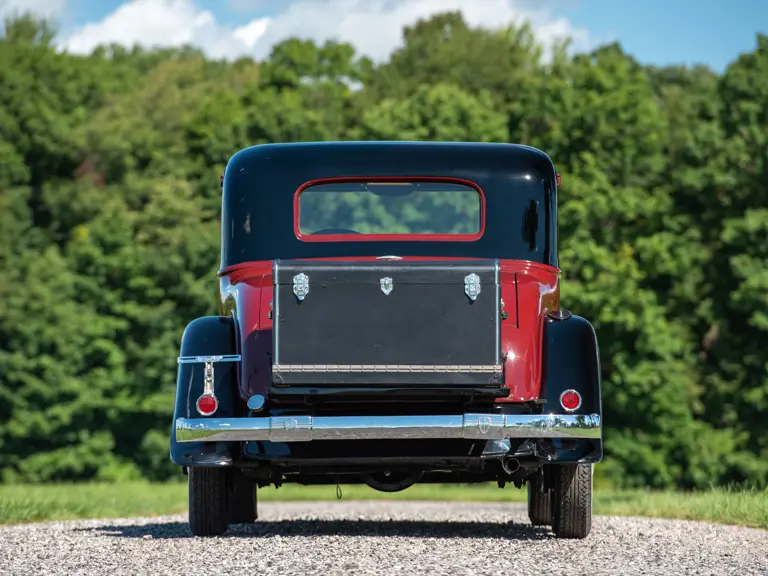

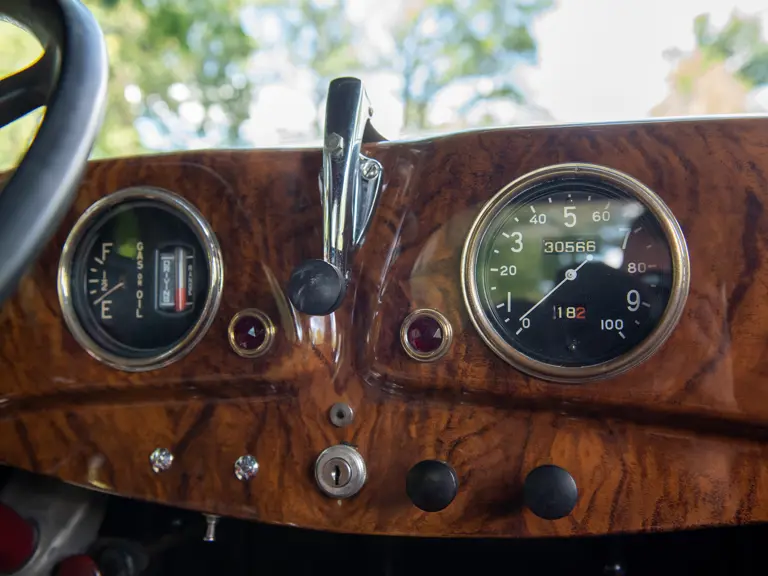
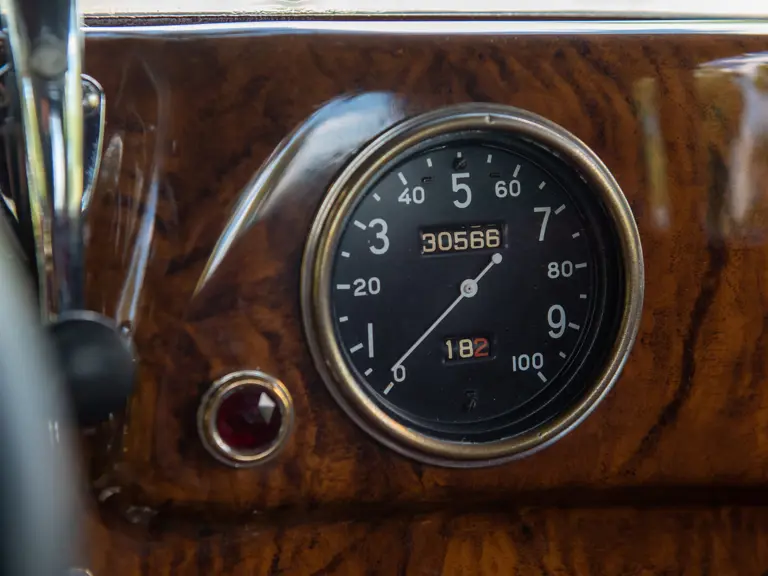
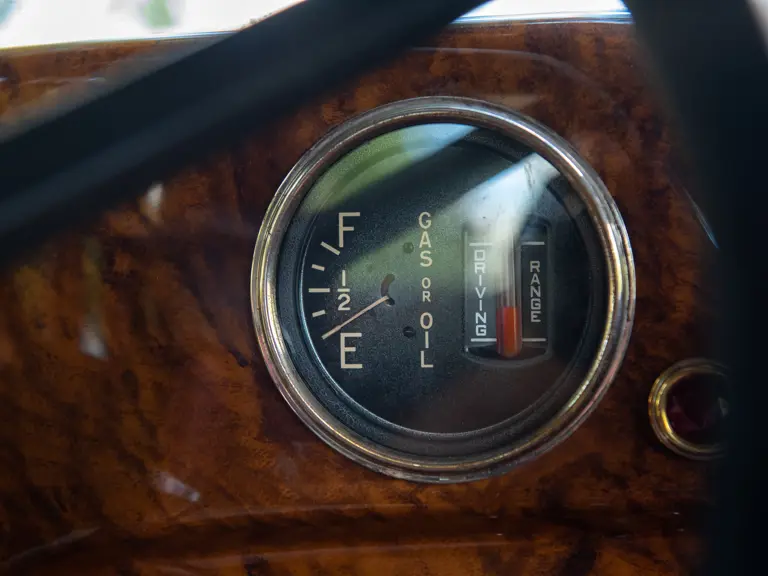
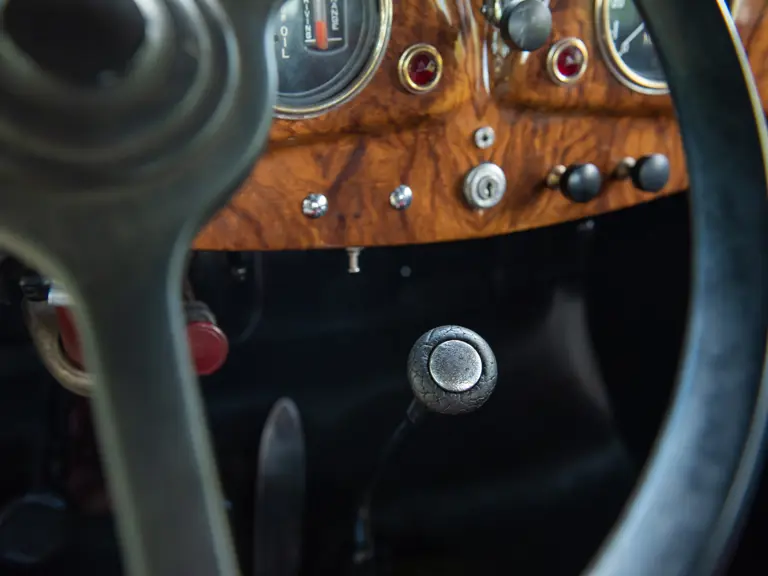

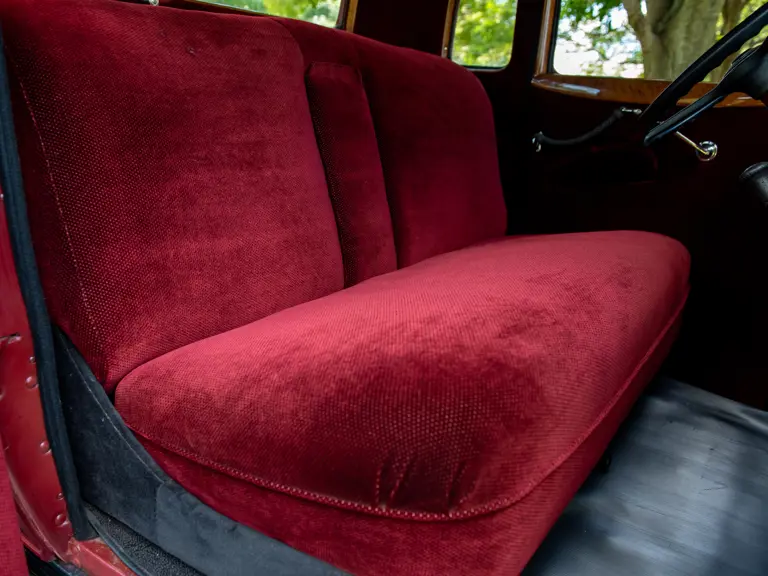
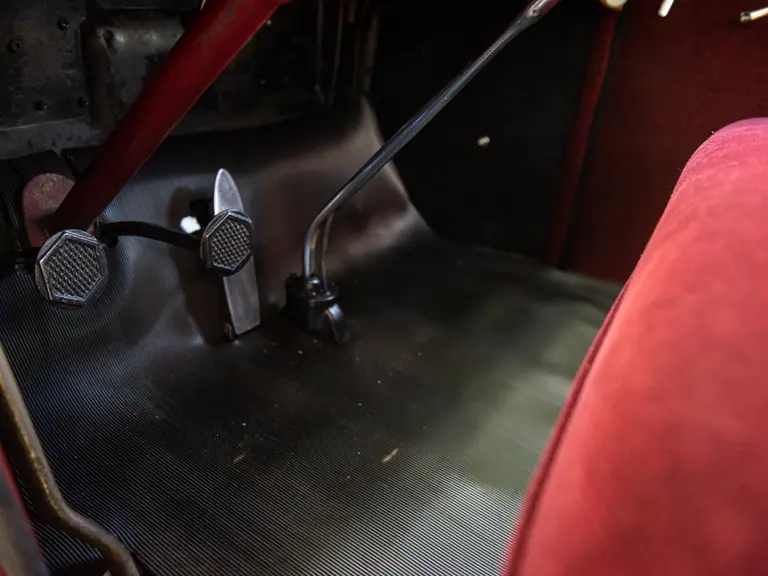
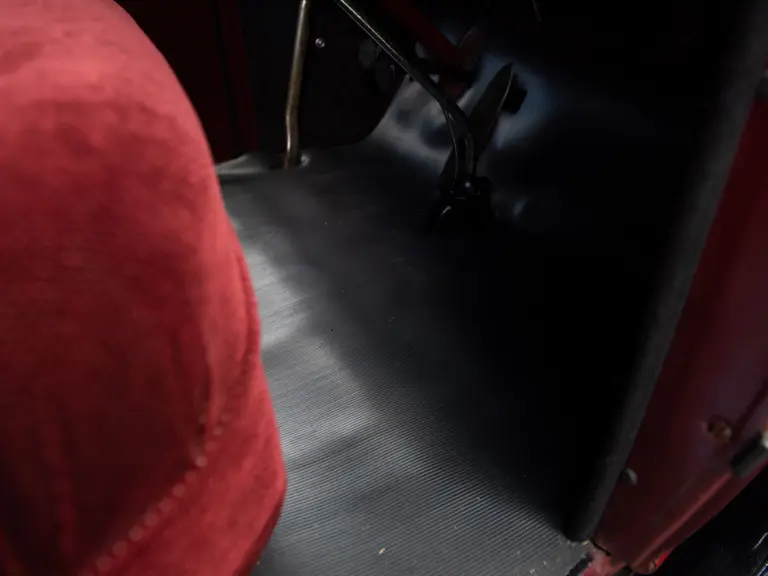

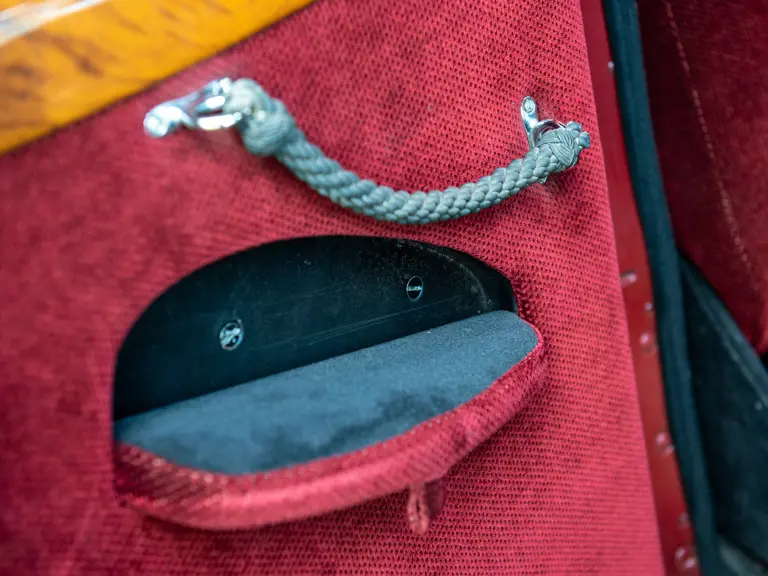
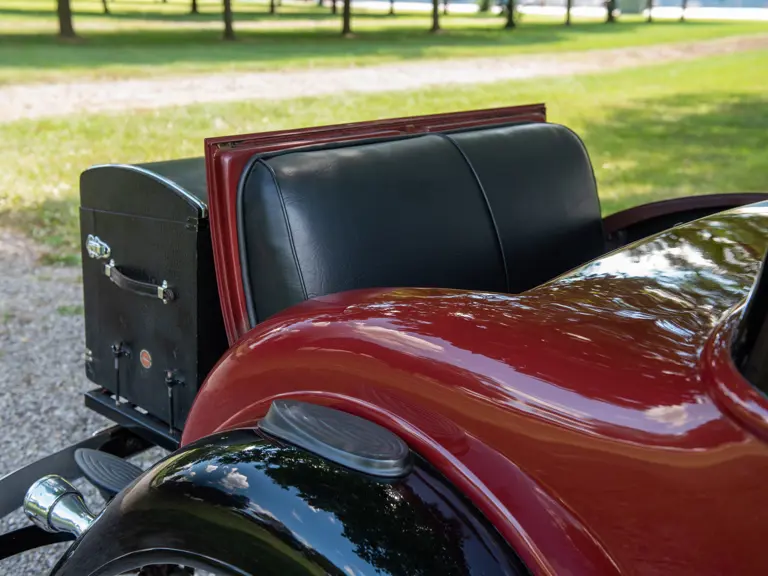
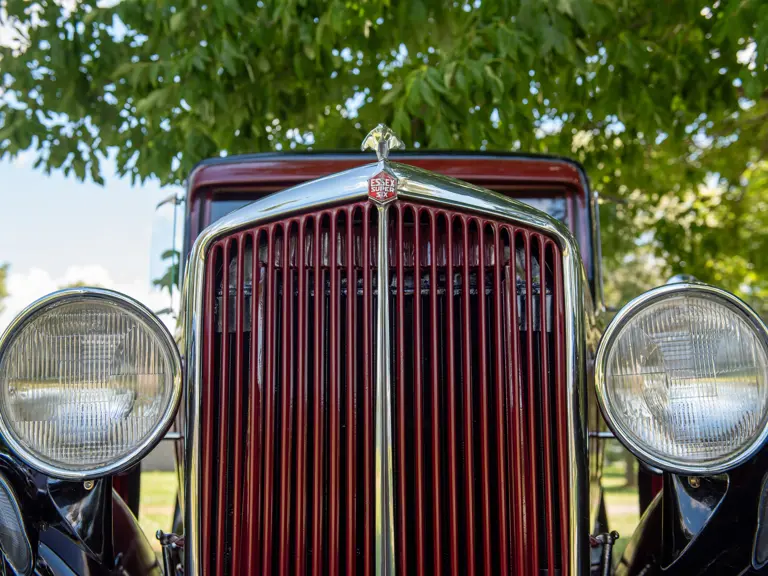
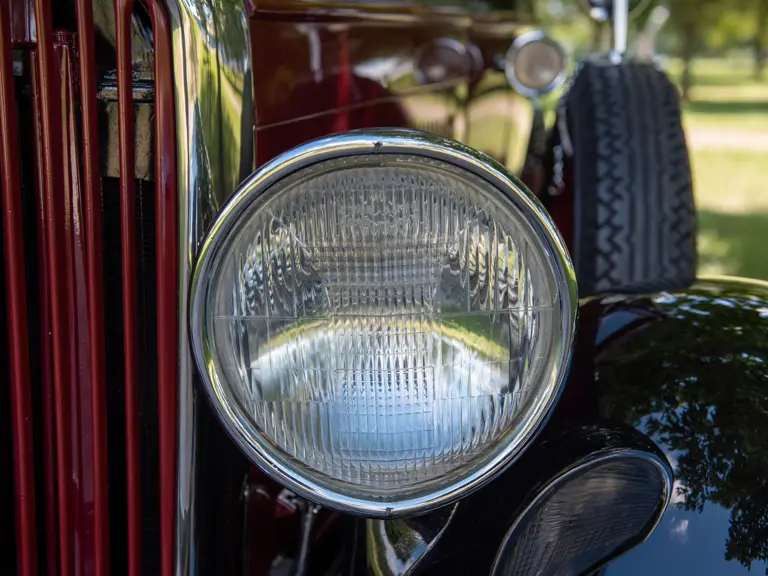
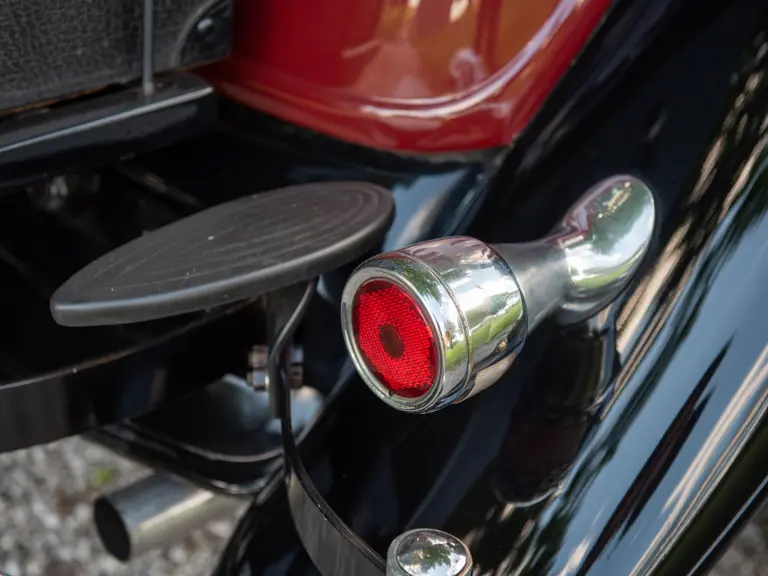

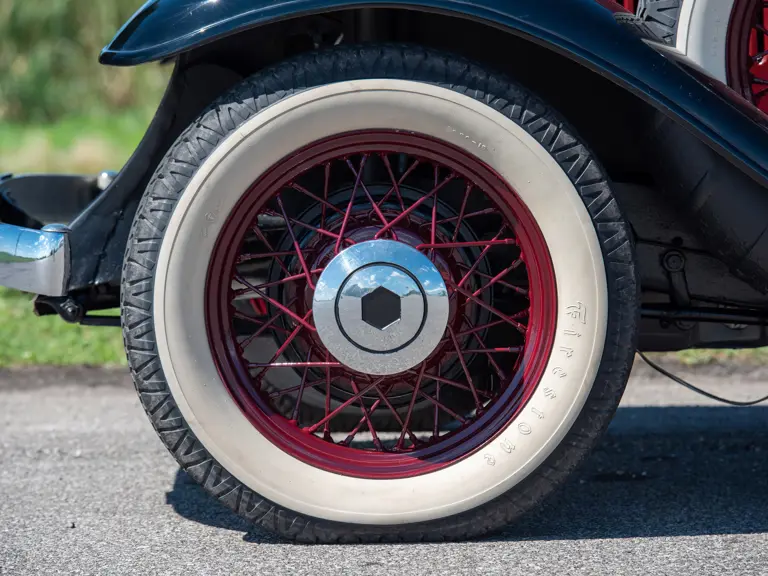
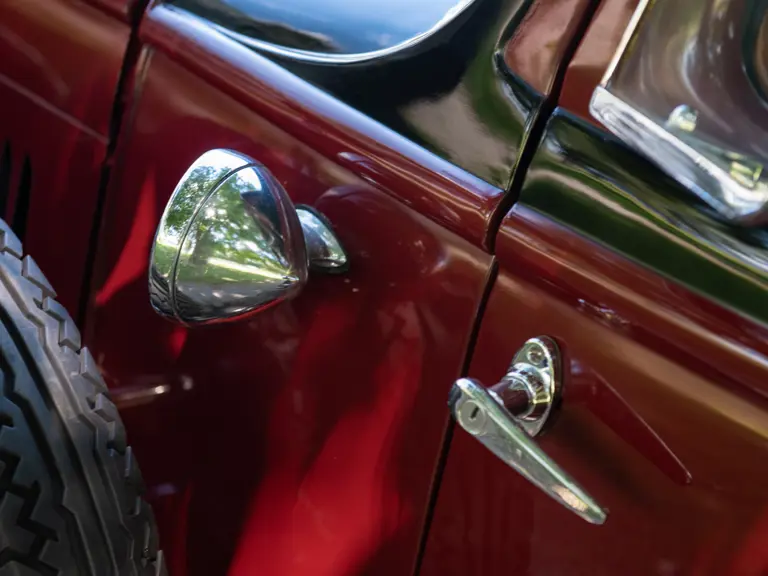
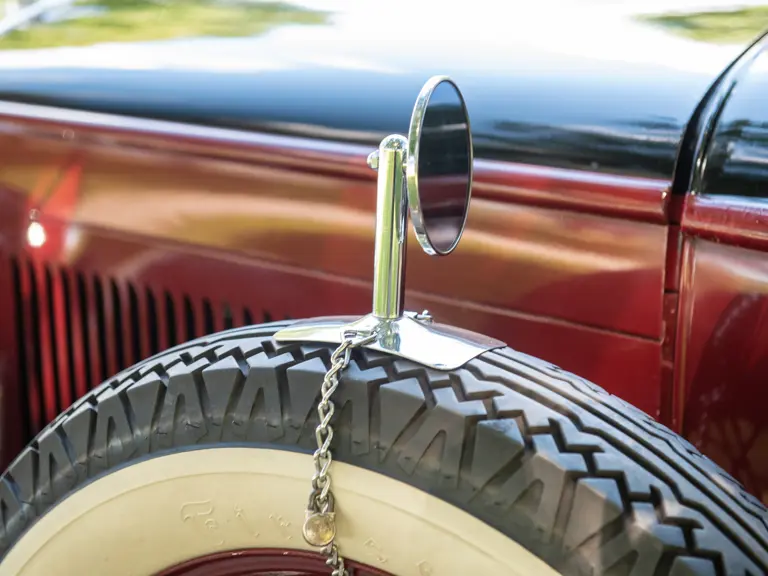
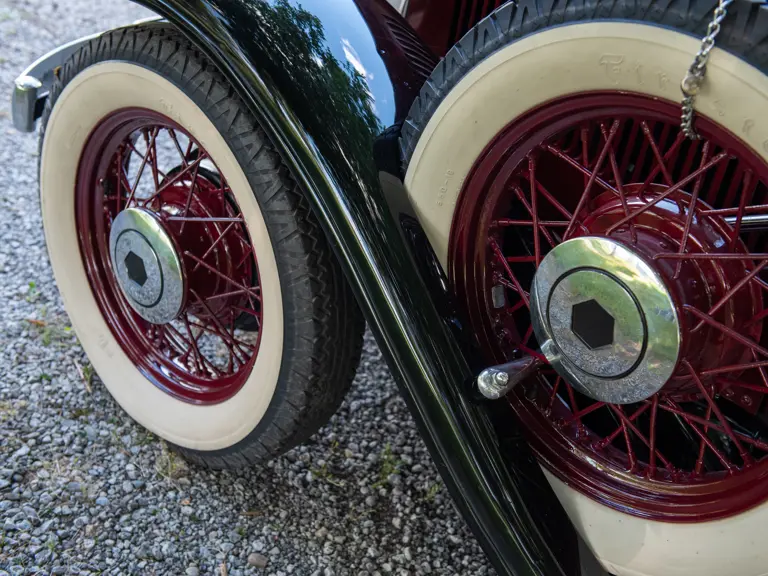
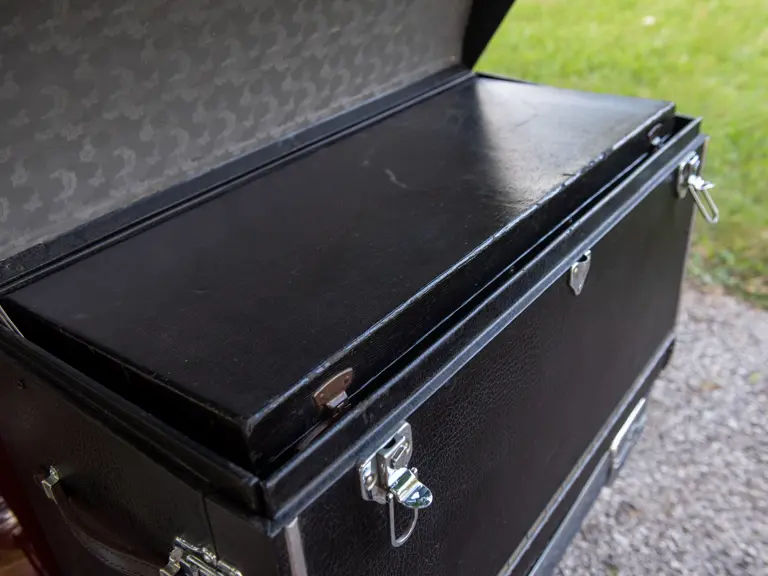
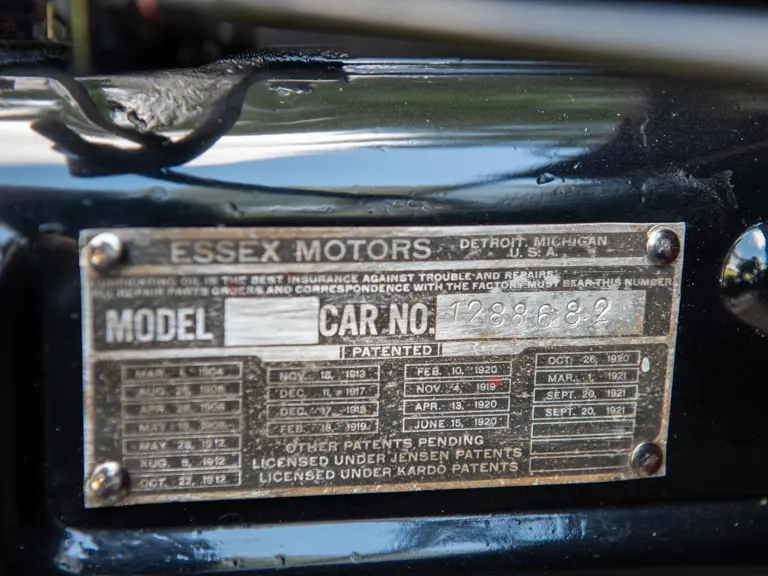
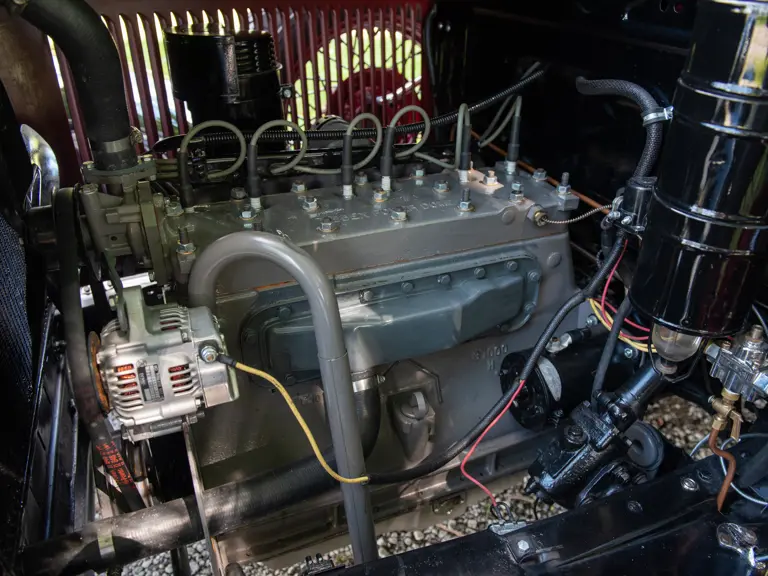
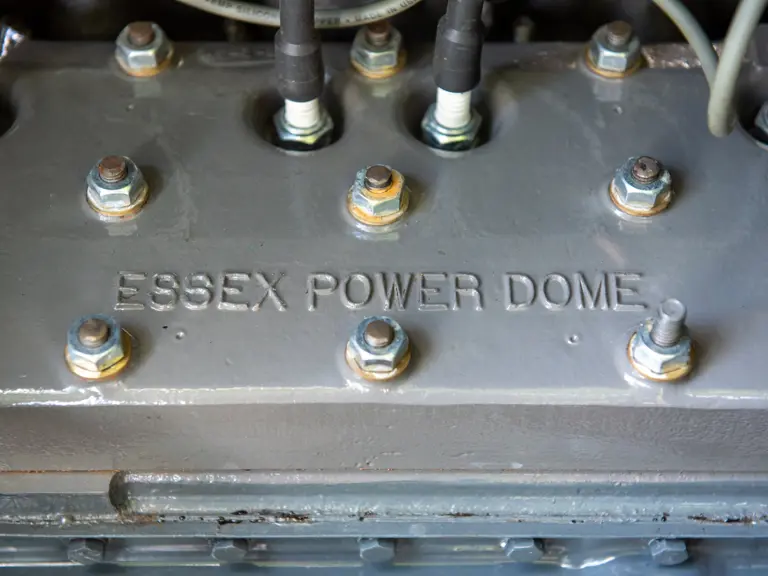
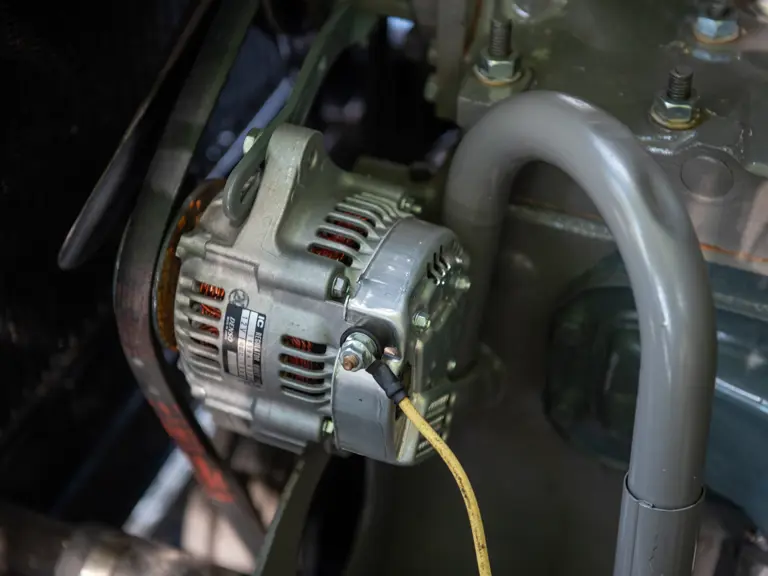

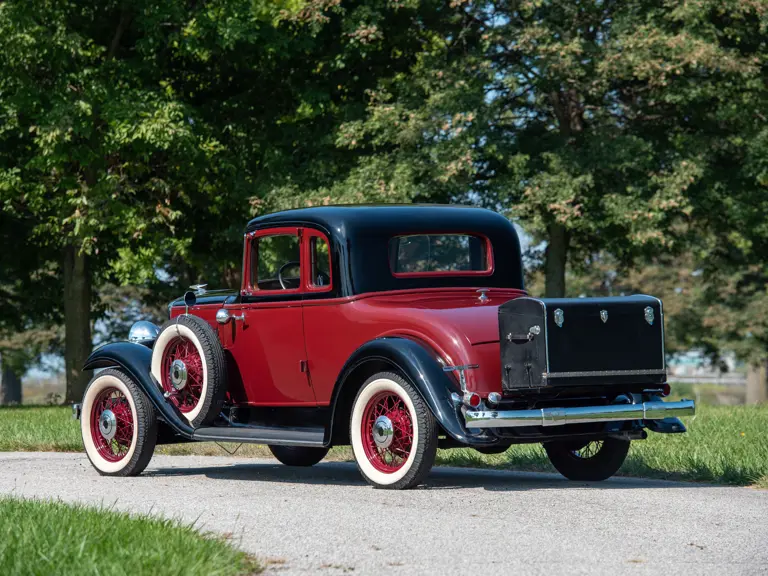
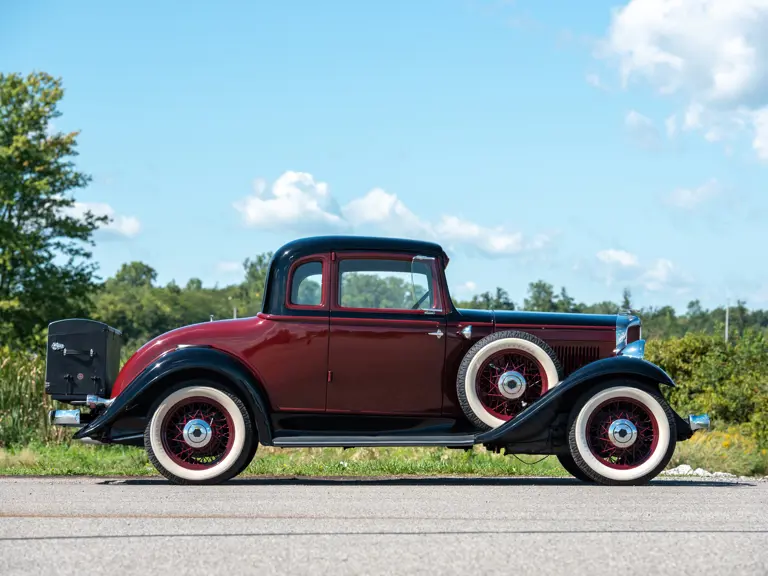
 | Hershey, Pennsylvania
| Hershey, Pennsylvania
